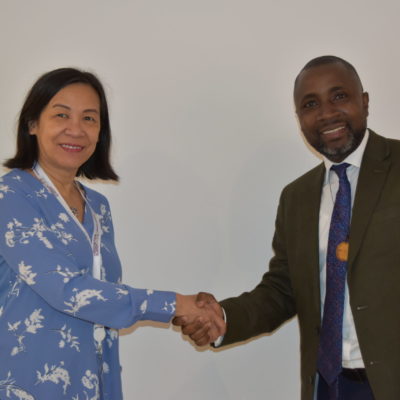Editor’s note: This post is written by Paul Bernish, the Director of Antislavery and Human Trafficking Initiatives at the National Underground Railroad Freedom Center, a museum in Cincinnati, Ohio. Free the Slaves is one of several organizations that partnered with with the museum to stage the permanent show.
Here’s something new: the National Underground Railroad Freedom Center in Cincinnati is set to open the world’s first permanent, museum-quality exhibition on modern-day slavery and human trafficking.
The exhibition, entitled Invisible: Slavery Today opens October 9, and will be a permanent installation occupying 4,000 square feet on the Freedom Center’s third floor east pavilion.
The exhibition consists of three main exhibition themes: the first defines and shows the many forms of modern-day slavery; the second details the scope and causes of modern-day slavery, and a final section provides information on global efforts to combat trafficking and slavery abuses. The five most common forms of slavery—bonded labor, sex trafficking, child labor, domestic servitude, and forced labor—are explained through the life experiences of real individuals from across the globe. More than 30 high-def monitors present videos and moving images of people caught up in slavery, and interactive kiosks enable visitors to make personal commitments to action to combat modern-day slavery
“Visitors to the Freedom Center since our opening in 2004 always comment about how much they learned about historical slavery and our nation’s early struggle for freedom,” said Paul Bernish, recently appointed as the Freedom Center’s Director of Antislavery and Human Trafficking Initiatives. “With Invisible, we are comparing and contrasting historical slavery with the ongoing struggle to abolish modern forms of slavery in this country and elsewhere.”
The new exhibition was designed by Seattle-based Touch Worldwide, and was produced with several antislavery organizations, which provided content and guidance. The partners are Free the Slaves, Goodweave, International Justice Mission and Polaris Project. Underwriting of the exhibition came from The Skirball Foundation and Lois and Richard Rosenthal.



